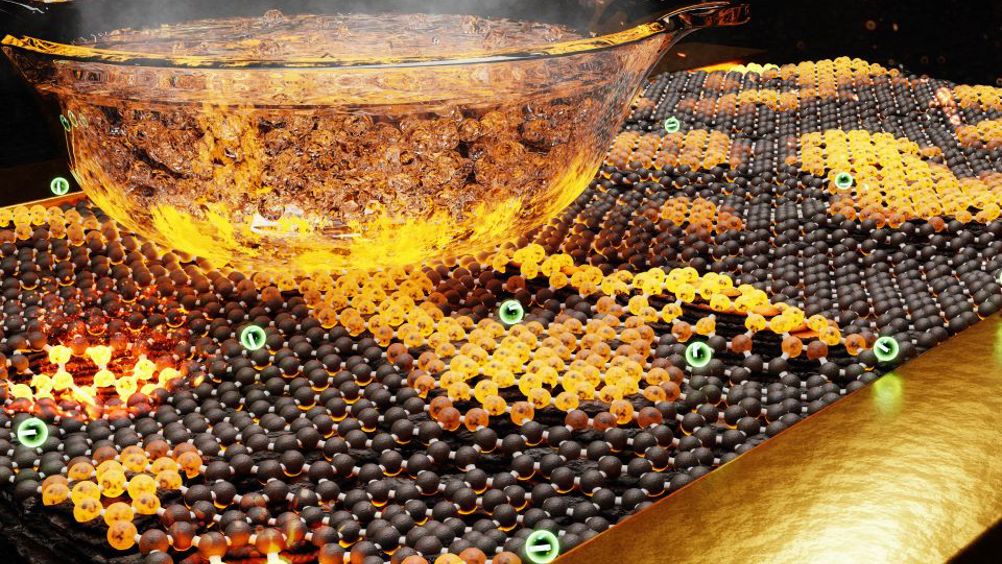Graphite films show potential in large and small heating applications
Researchers have created graphite films with the potential to act as high-performance flexible heater panels, quickly reaching high temperatures with the application of a small voltage.

The team at KAUST (King Abdullah University of Science and Technology) in Saudi Arabia also showed that graphene domains within the graphite film are key to the material’s excellent heating performance.
According to KAUST, graphitic carbon nanomaterials can be used for heat management, such as dissipating heat from microchips. The same materials could also be used as electric heaters.
“There’s a need to develop low-power, flexible heater panels, and nanocarbons are key contenders,” said G. Deokar, a postdoc in the lab of Pedro Costa, principal investigator at KAUST’s Laboratory for Carbon Nanostructures. “So far, however, their electrothermal performance has been limited.”
Nanocarbon-based heaters commonly require an input of 20-60V to reach a 250oC target temperature. They can also degrade rapidly when heated in air.
Costa, Deokar and their colleagues recently developed a method to manufacture nanoscale-thick graphite films (NGFs) at wafer-scale. They also were able to easily transfer them to arbitrary substrates, without the residues often present in graphene panels.
Register now to continue reading
Thanks for visiting The Engineer. You’ve now reached your monthly limit of news stories. Register for free to unlock unlimited access to all of our news coverage, as well as premium content including opinion, in-depth features and special reports.
Benefits of registering
-
In-depth insights and coverage of key emerging trends
-
Unrestricted access to special reports throughout the year
-
Daily technology news delivered straight to your inbox










Water Sector Talent Exodus Could Cripple The Sector
Maybe if things are essential for the running of a country and we want to pay a fair price we should be running these utilities on a not for profit...